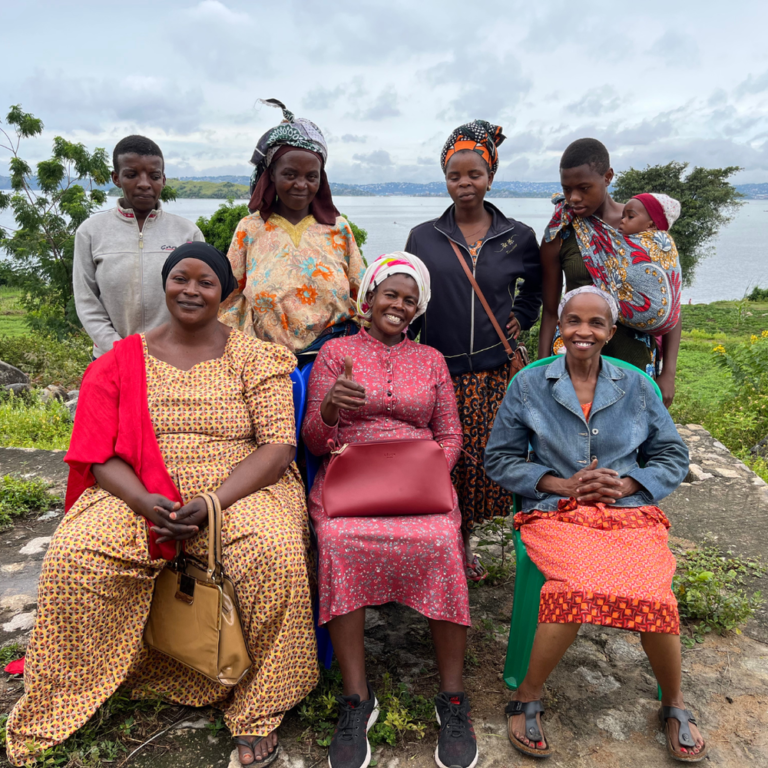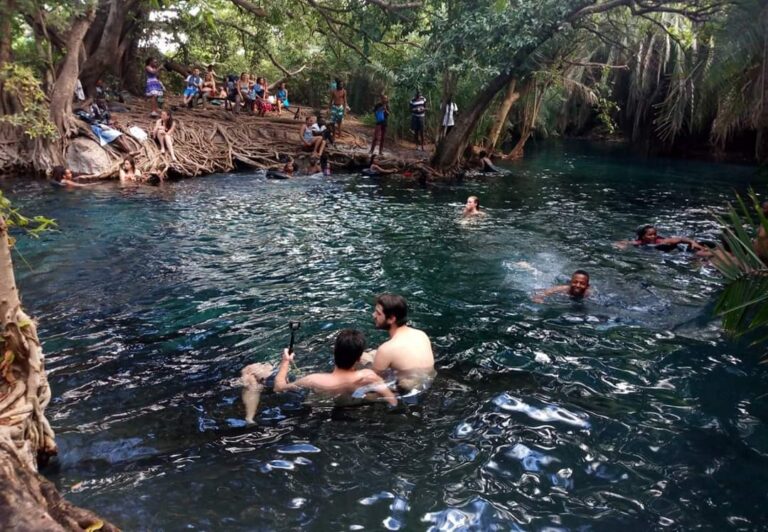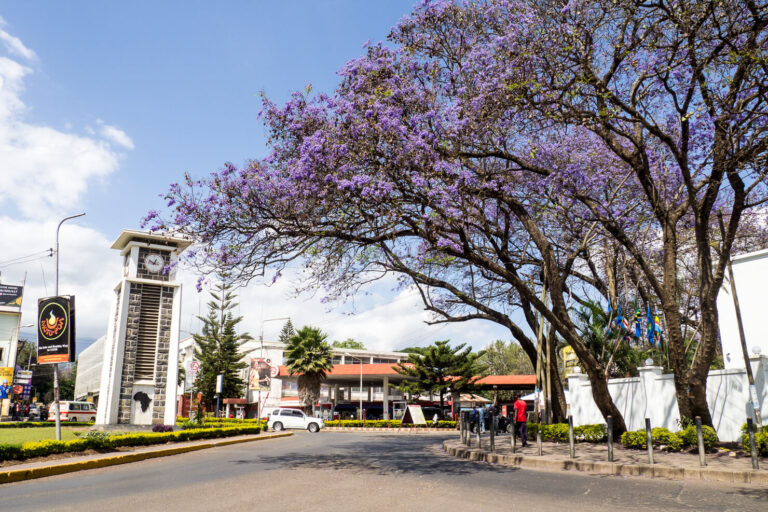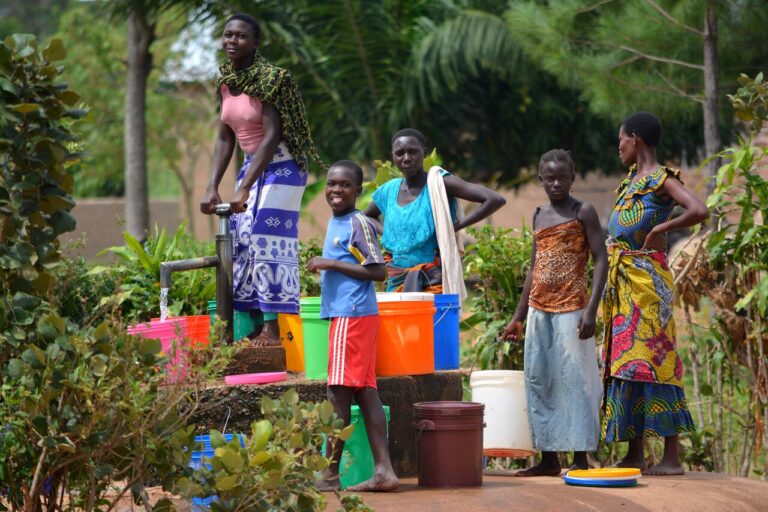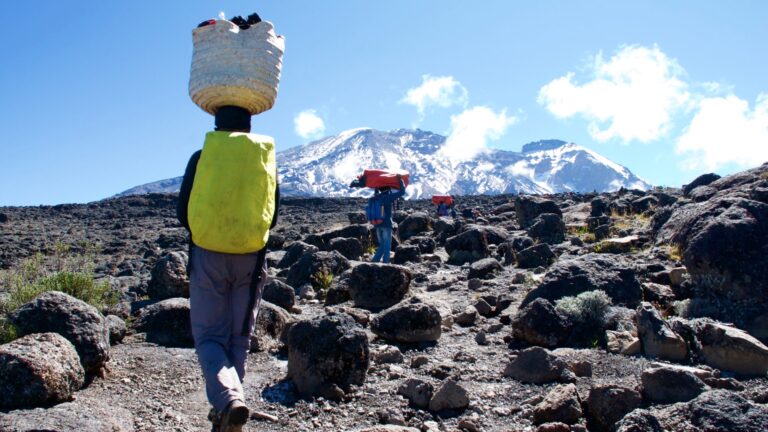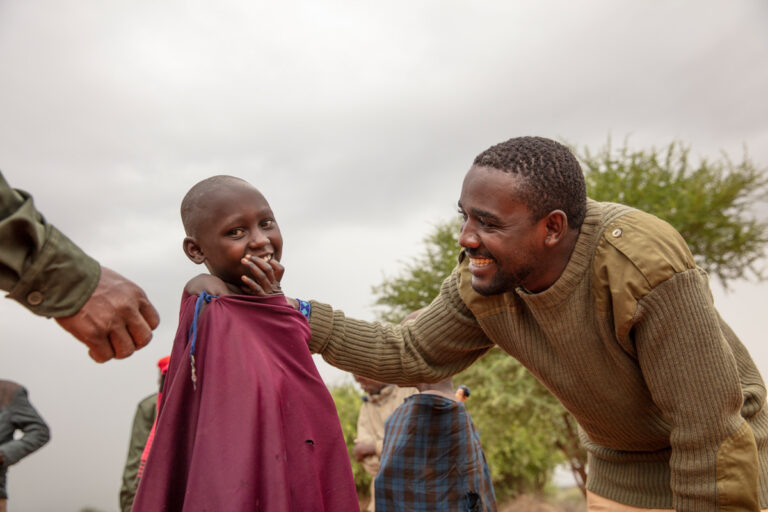Mount Kilimanjaro: Packing List for a Successful Summit
To ensure your safety and comfort during your ascent of Mount Kilimanjaro, it is crucial to bring essential gear and supplies. To assist you in preparing for your climb, we’ve compiled a comprehensive Kilimanjaro Packing List. Trekking Kilimanjaro involves five main climate zones, from the warm, humid forest and lower slopes, to the bitterly cold summit zone, with glaciers, ice, and snow. You need to be prepared for all Kilimanjaro weather conditions </a >: sunny, windy, and rainy. We offer a comprehensive package that includes tents, camp equipment, food, cooking facilities, and various shared items. Porters will carry a duffel bag containing all your personal gear, while you’ll be responsible for your own daypack during the trekking day.You have the option to rent the equipment and review prices by clicking here: Rent Gear.
Kilimanjaro Gear List
Properly planning your clothing is crucial when preparing for your climb. To help you organize, we recommend the following packing order:- 1 Hard Shell Jacket
- 1 Polartec Fleece Jacket
- 1 Insulated Winter Jacket
- 1-2 Pairs of Hiking Trousers
- 1-2 Long Sleeve Hiking Shirts
- 3-4 Short Sleeve
- 4-5 Pairs of Underwear
- Bottom Base Layer
- Top Base Layer
- 1 Insulated Trekking Pants
Basic Equipment |
||||
|
|
 Waterproof Duffle Bag: To transport your main gear,
we recommend using an 80-90L duffle bag. Large rucksacks (>65L) can
also work. Waterproof Duffle Bag: To transport your main gear,
we recommend using an 80-90L duffle bag. Large rucksacks (>65L) can
also work.
|
|||
 Daypack: Your primary equipment will be carried by
a porter (up to 15kg). You will need to carry your own daypack. A
30-40L capacity is sufficient. We recommend Osprey daypacks. Daypack: Your primary equipment will be carried by
a porter (up to 15kg). You will need to carry your own daypack. A
30-40L capacity is sufficient. We recommend Osprey daypacks.
|
|
|||
 Water bladder / bottles: You should have the
capacity to carry 3 litres of water. Your options include either 2 x
1.5-litre wide-mouth Nalgene bottles or a 2-litre Platypus with an
additional 1-litre water bottle. Please note that disposable plastic
bottles are not allowed on Kilimanjaro. Water bladder / bottles: You should have the
capacity to carry 3 litres of water. Your options include either 2 x
1.5-litre wide-mouth Nalgene bottles or a 2-litre Platypus with an
additional 1-litre water bottle. Please note that disposable plastic
bottles are not allowed on Kilimanjaro.
|
 Neck gaiter or scarf: Due to potential dust on
Kilimanjaro, it’s advisable to bring a neck gaiter or bandana. The
most versatile options are offered by Buff or Hoo-Rag Headwear. Neck gaiter or scarf: Due to potential dust on
Kilimanjaro, it’s advisable to bring a neck gaiter or bandana. The
most versatile options are offered by Buff or Hoo-Rag Headwear.
|
|||
Head |
||||
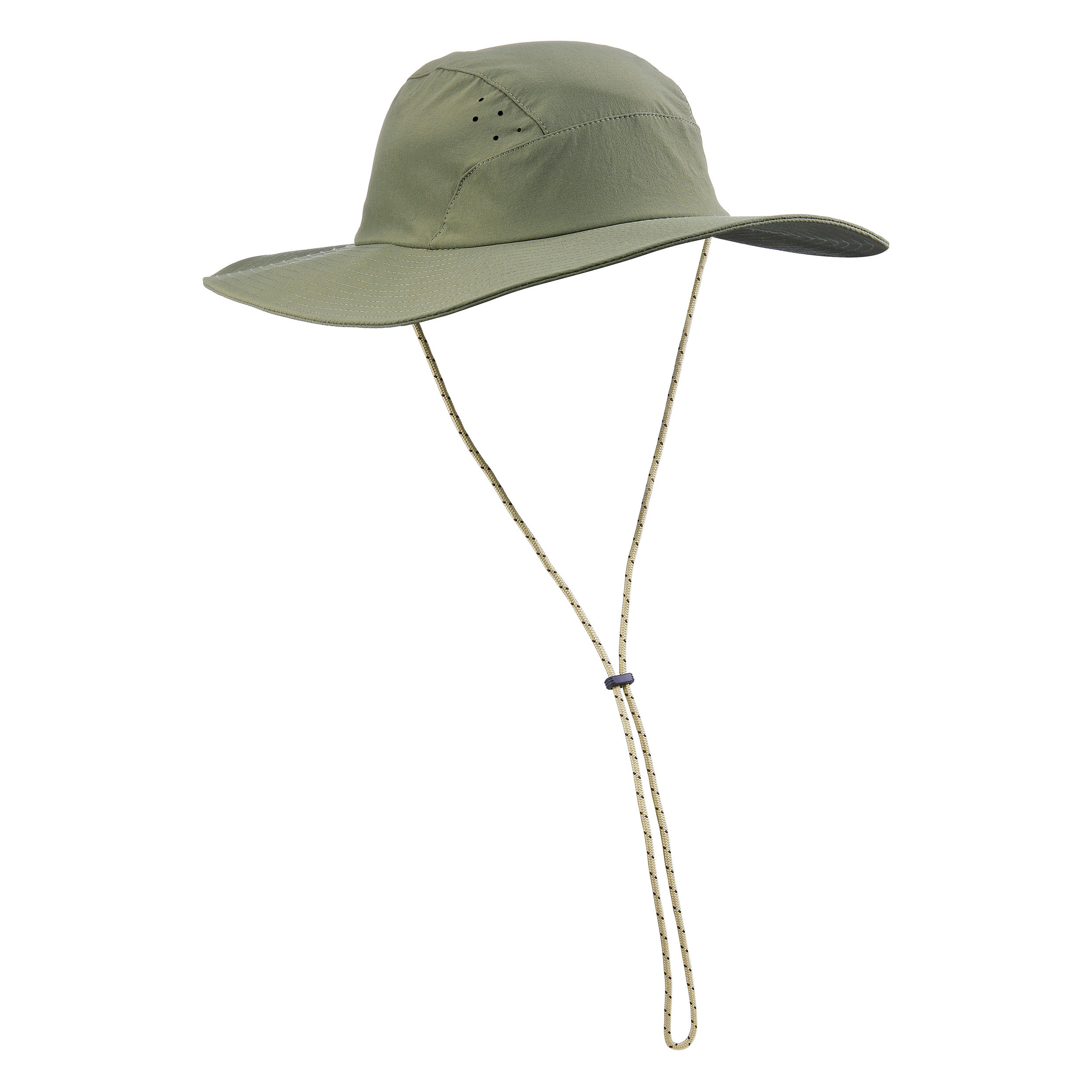 Sun hat: Opt for a wide-brimmed hat that provides
ample protection, and consider choosing one with a neck cover if you
won’t be wearing a neck gaiter. Sun hat: Opt for a wide-brimmed hat that provides
ample protection, and consider choosing one with a neck cover if you
won’t be wearing a neck gaiter.
|
 Headlamp: Ensure you have a headlamp with excellent
light output for late-night visits to the toilet and, crucially, for
summit night. Petzl offers market-leading and affordable headlamps. Headlamp: Ensure you have a headlamp with excellent
light output for late-night visits to the toilet and, crucially, for
summit night. Petzl offers market-leading and affordable headlamps.
|
|||
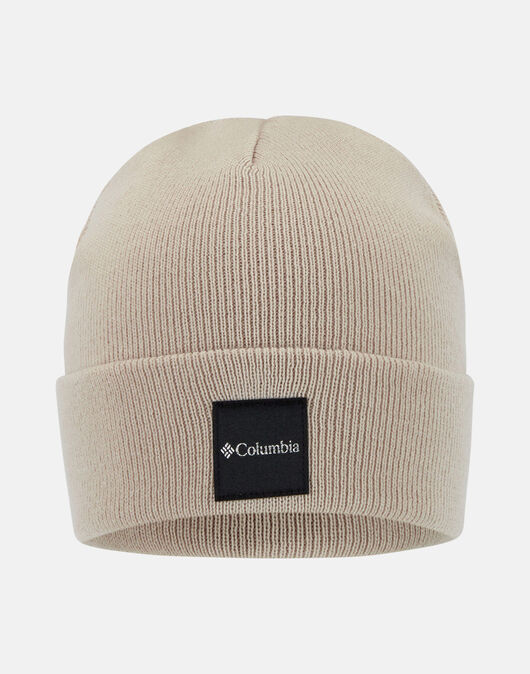 Warm beanie-style hat: Opt for a knitted or fleece
version of a beanie for added warmth. Brands like The North Face,
Berghaus, and Columbia offer excellent outdoor beanies. Warm beanie-style hat: Opt for a knitted or fleece
version of a beanie for added warmth. Brands like The North Face,
Berghaus, and Columbia offer excellent outdoor beanies.
|
 Sunglasses: Select a pair of sunglasses with high
UV protection, as sun intensity above 4,500m is very high. Brands like
Julbo are excellent for mountain eyewear, but any brand with high UV
protection will suffice. Sunglasses: Select a pair of sunglasses with high
UV protection, as sun intensity above 4,500m is very high. Brands like
Julbo are excellent for mountain eyewear, but any brand with high UV
protection will suffice.
|
|||
Hands and Feet |
||||
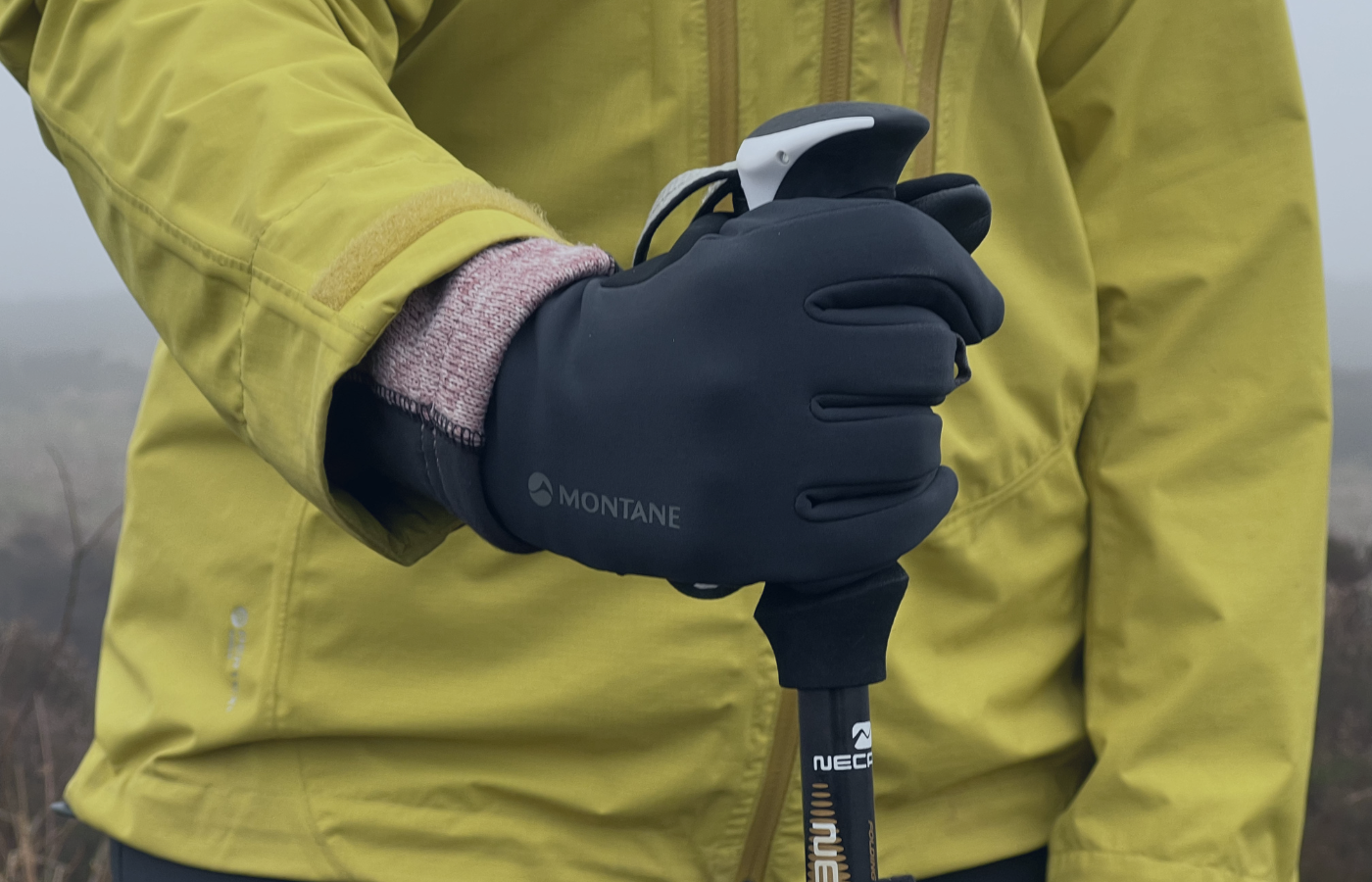 Lightweight Gloves:For gentle inclines, we suggest
opting for gloves made from lightweight, fleece, or fast-drying
materials. Lightweight Gloves:For gentle inclines, we suggest
opting for gloves made from lightweight, fleece, or fast-drying
materials.
|
 Socks: Pack 3-4 sets of outer socks and 2-3 sets of
liner socks. Don’t forget to include 1 pair of thick thermal socks for
the summit night, and we highly recommend choosing Merino wool for
optimal performance. Socks: Pack 3-4 sets of outer socks and 2-3 sets of
liner socks. Don’t forget to include 1 pair of thick thermal socks for
the summit night, and we highly recommend choosing Merino wool for
optimal performance.
|
|||
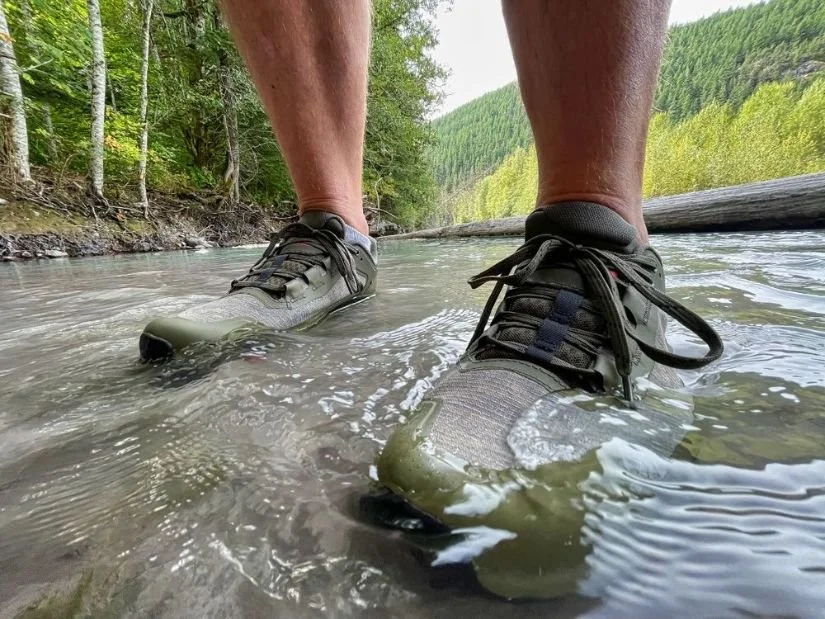 Training shoes: For comfortable wear around the
campsite after a day of trekking, it’s advisable to bring a pair of
training shoes or sandals. Training shoes: For comfortable wear around the
campsite after a day of trekking, it’s advisable to bring a pair of
training shoes or sandals.
|
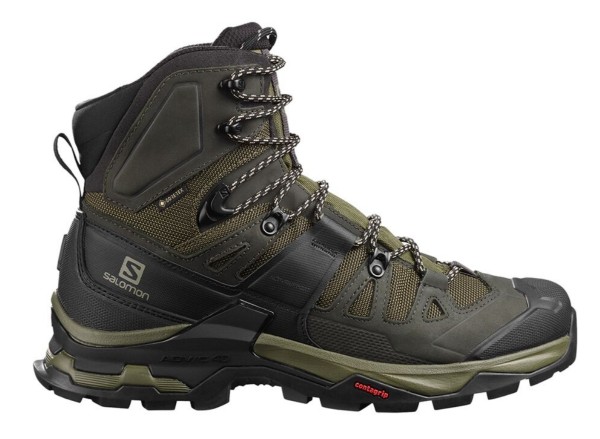 Trekking boots: Optimal footwear for trekking
includes mid-weight trekking boots, ensuring excellent ankle support. Trekking boots: Optimal footwear for trekking
includes mid-weight trekking boots, ensuring excellent ankle support.
|
|||
 Gaiters: Safeguard your trousers from dirt in damp,
muddy, or dusty conditions. Gaiters: Safeguard your trousers from dirt in damp,
muddy, or dusty conditions.
|
|
|||
Other Bits and Bobs |
||||
 Sun and lip screen: Ensure sun safety by using a
high SPF sunscreen and lip protection balm. Sun and lip screen: Ensure sun safety by using a
high SPF sunscreen and lip protection balm.
|
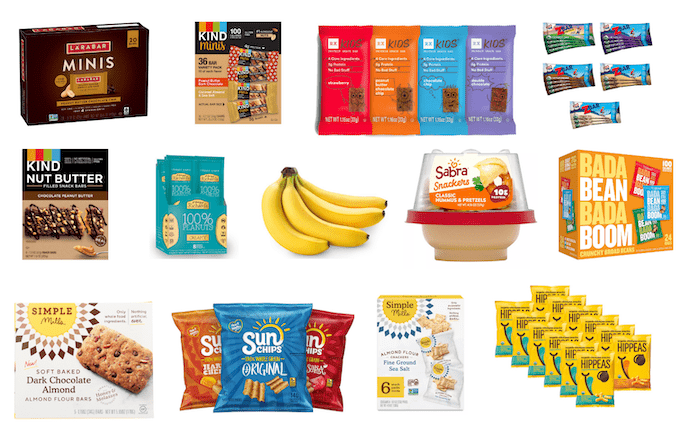 Personal snacks: Consider bringing boiled sweets,
nuts, energy bars, and dried fruit as nutritious snacks. Enhance the
flavor and electrolyte replenishment of your water by adding isotonic
drink powder. Personal snacks: Consider bringing boiled sweets,
nuts, energy bars, and dried fruit as nutritious snacks. Enhance the
flavor and electrolyte replenishment of your water by adding isotonic
drink powder.
|
|||
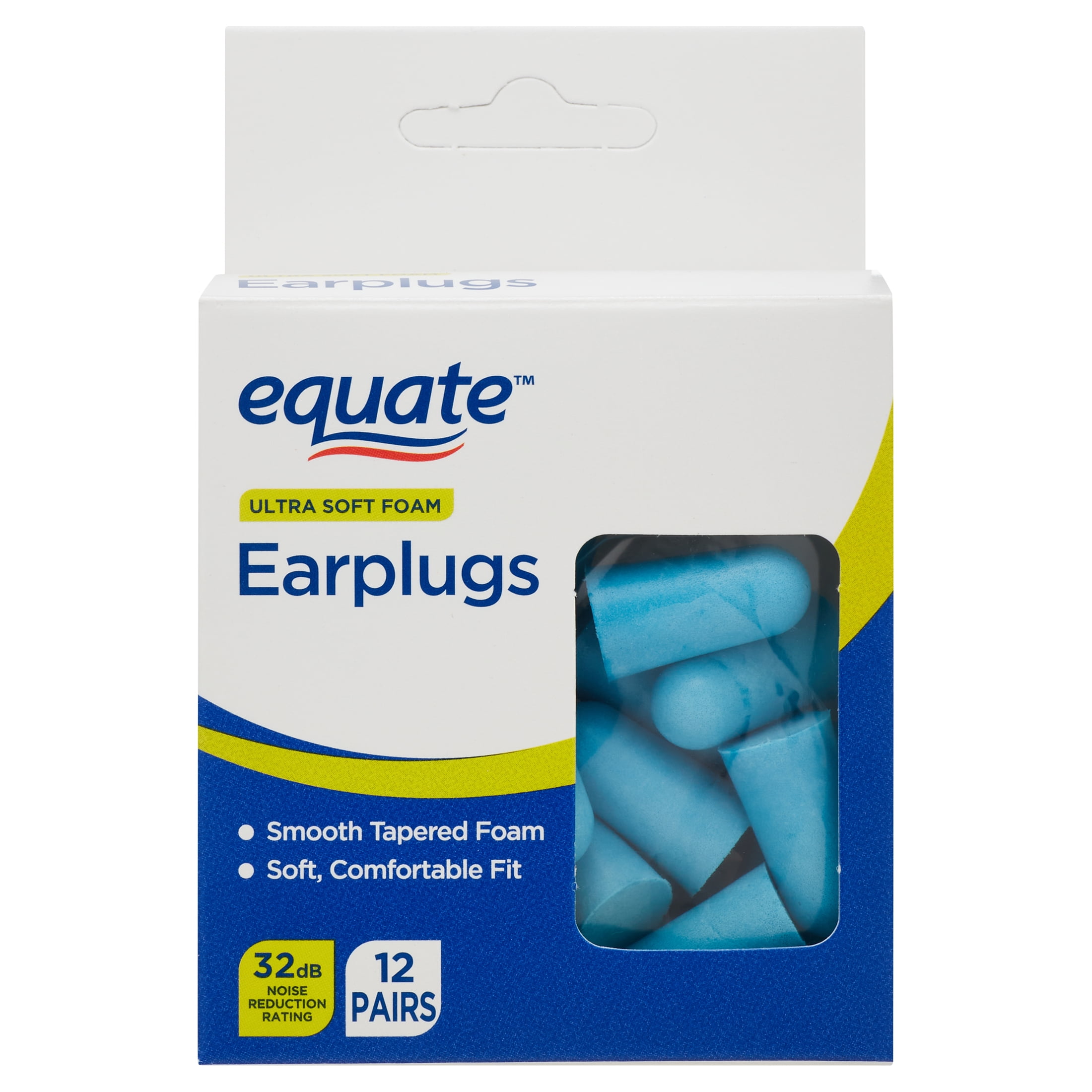 Ear plugs: Light sleepers beware: Snoring tends to
carry in the serene atmosphere of high-altitude camps. Ear plugs: Light sleepers beware: Snoring tends to
carry in the serene atmosphere of high-altitude camps.
|
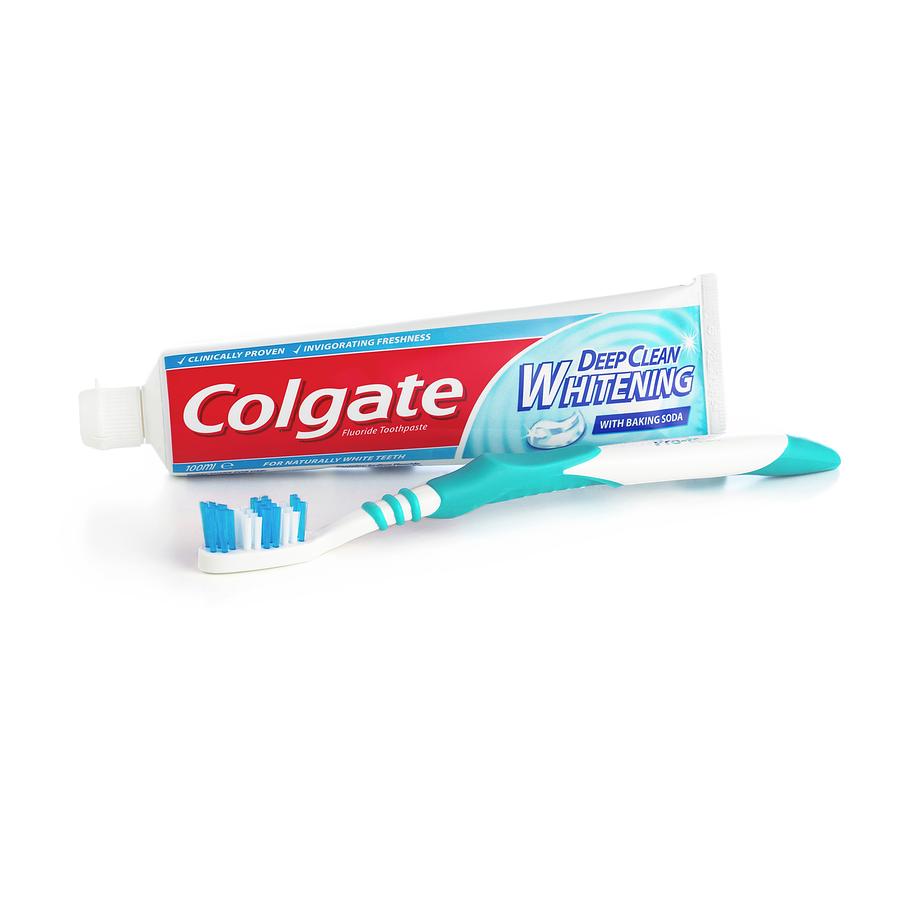 Toothbrush and toothpaste: Ideally travel size Toothbrush and toothpaste: Ideally travel size
|
|||
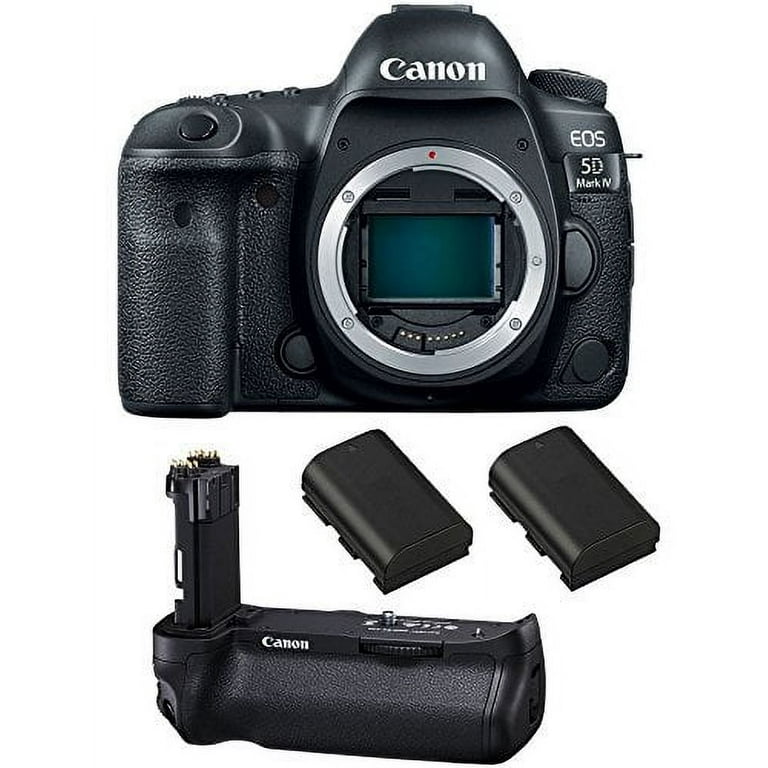 Camera and spare batteries: If you’re not an avid
photographer, we suggest bringing a high-quality and lightweight
point-and-shoot camera. Camera and spare batteries: If you’re not an avid
photographer, we suggest bringing a high-quality and lightweight
point-and-shoot camera.
|
 Wet wipes and hand sanitizer: Maintaining
cleanliness on Kilimanjaro poses a challenge. Wet wipes and hand
sanitizer prove immensely helpful in such conditions. Wet wipes and hand sanitizer: Maintaining
cleanliness on Kilimanjaro poses a challenge. Wet wipes and hand
sanitizer prove immensely helpful in such conditions.
|
|||
 Pee bottle (optional): Useful for the ladies, but
not a requirement Pee bottle (optional): Useful for the ladies, but
not a requirement
|
 Plug Adapter: Include a plug adapter for charging
your devices in hotels before and after the trek. Tanzania’s standard
voltage is 230 V, the frequency is 50 Hz, and the power sockets used
are of type D/G. Plug Adapter: Include a plug adapter for charging
your devices in hotels before and after the trek. Tanzania’s standard
voltage is 230 V, the frequency is 50 Hz, and the power sockets used
are of type D/G.
|
|||
